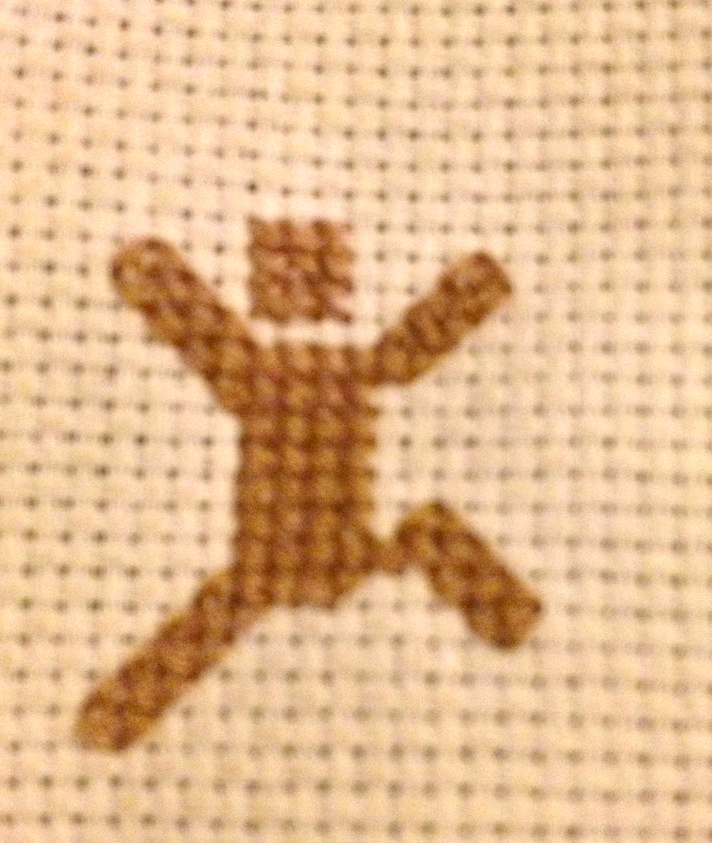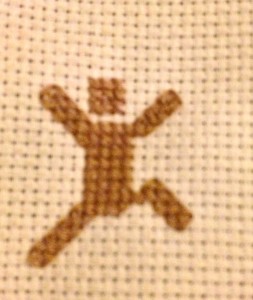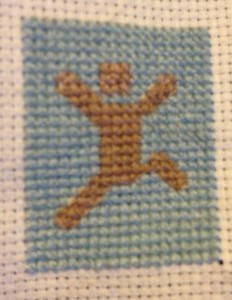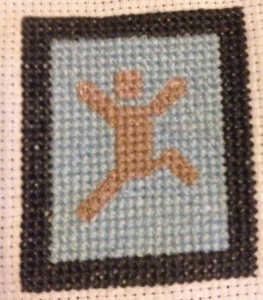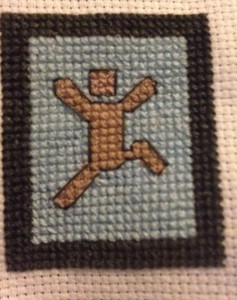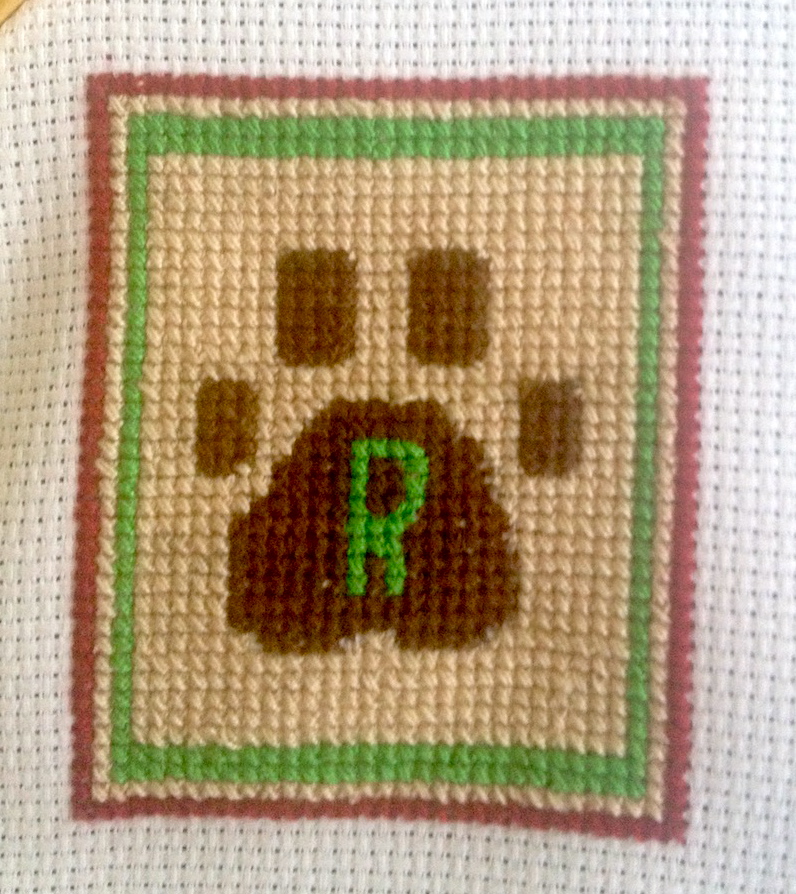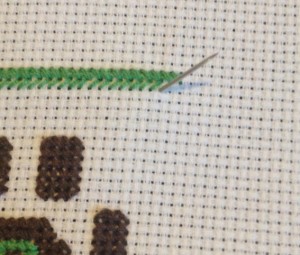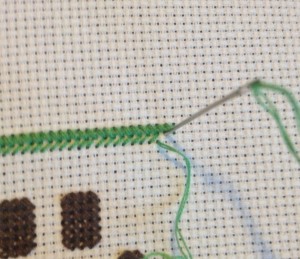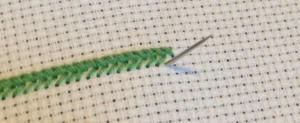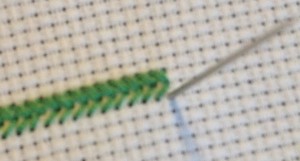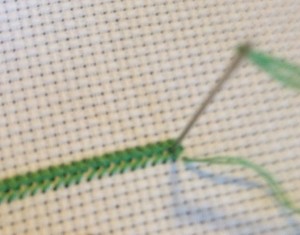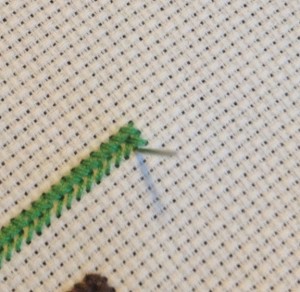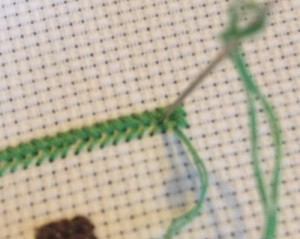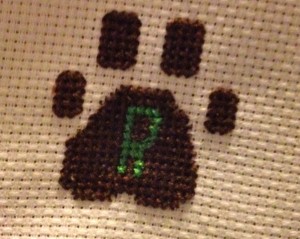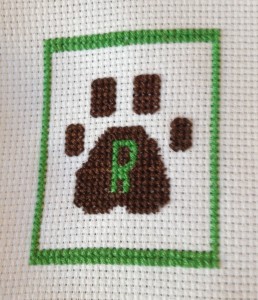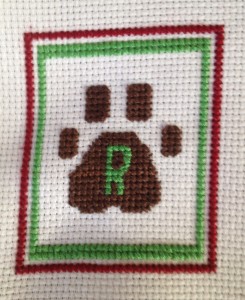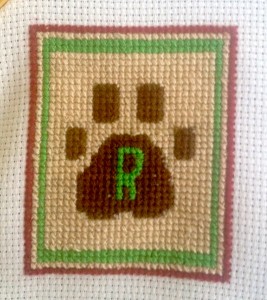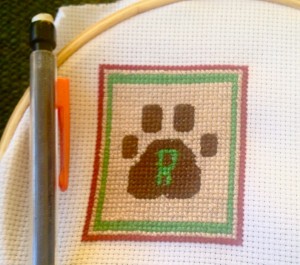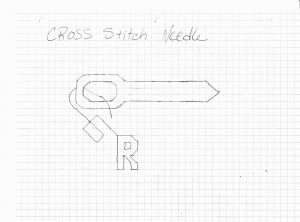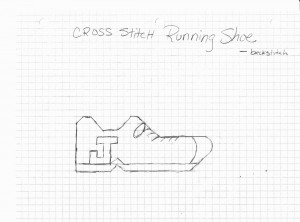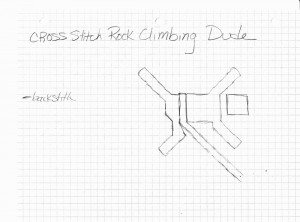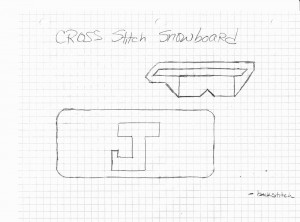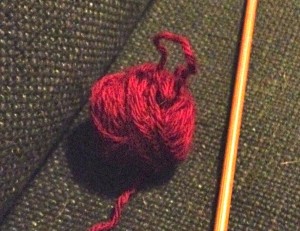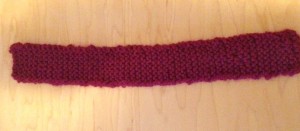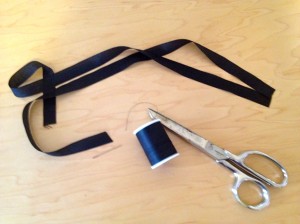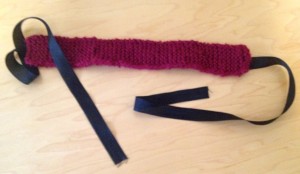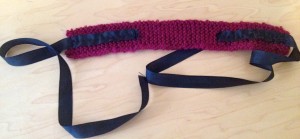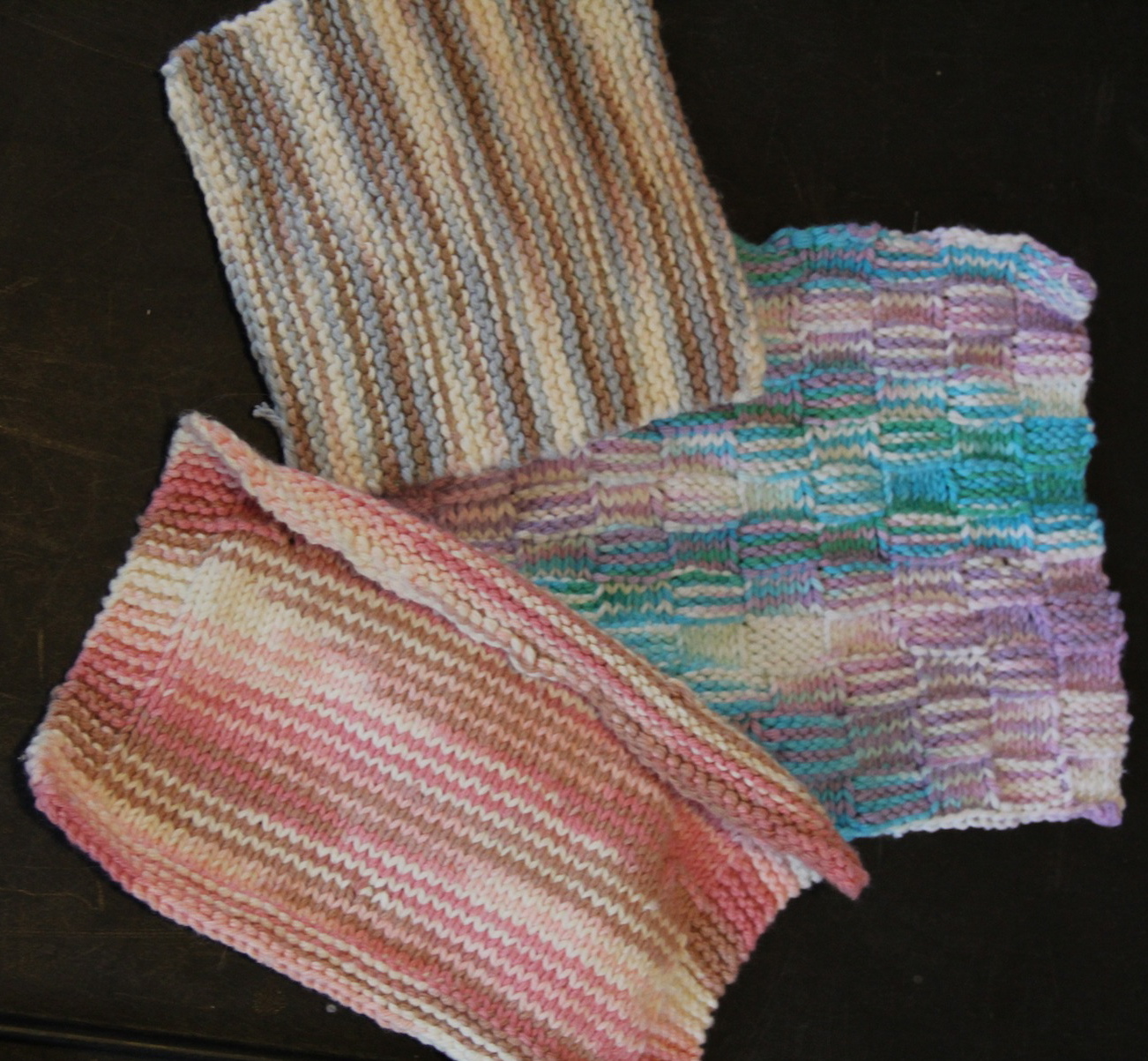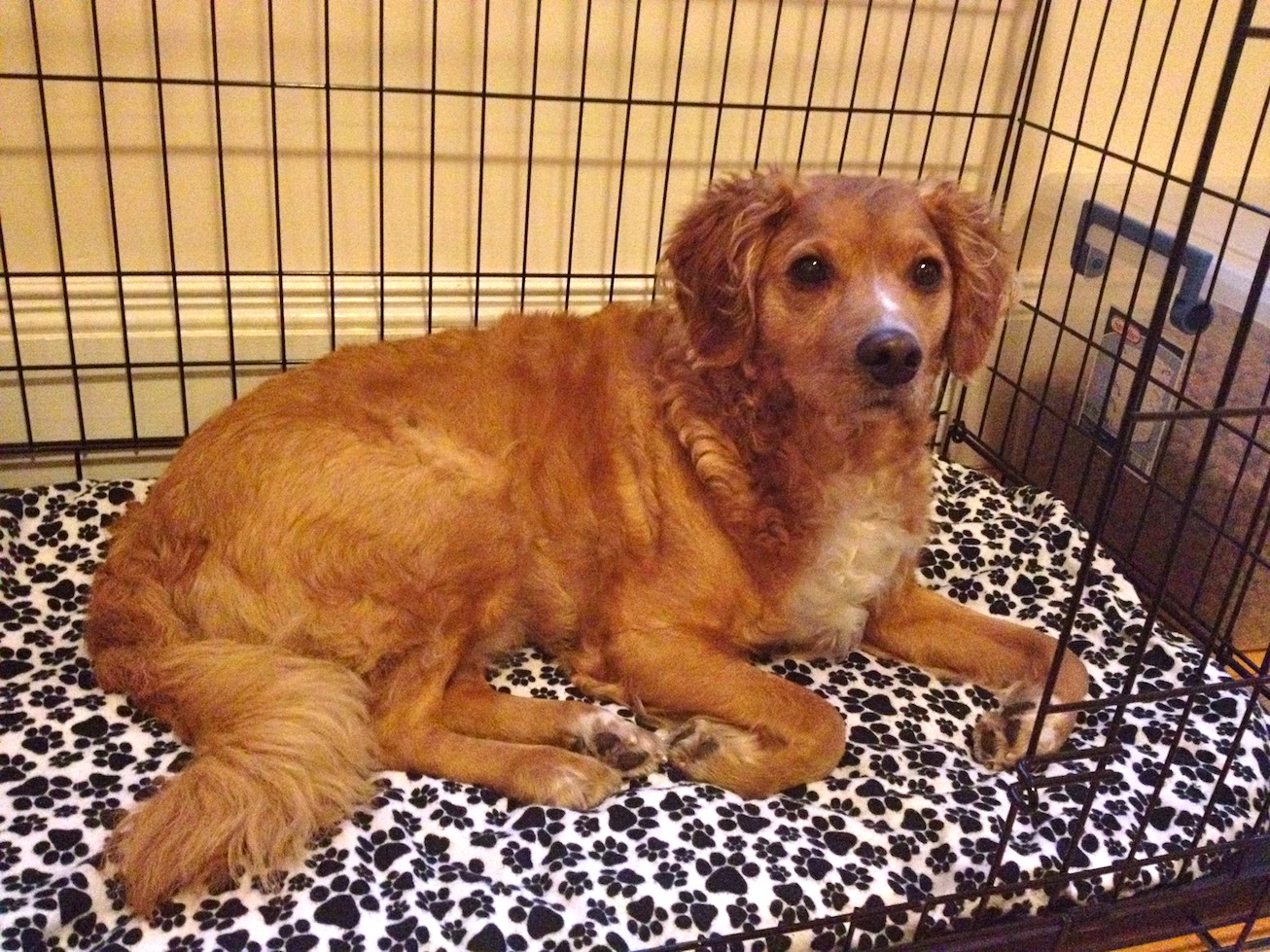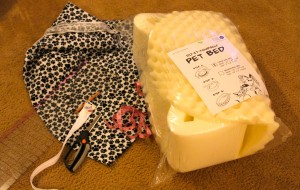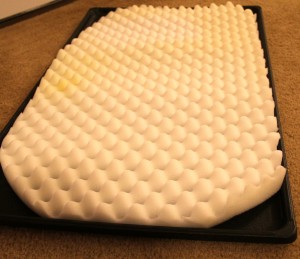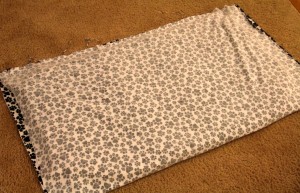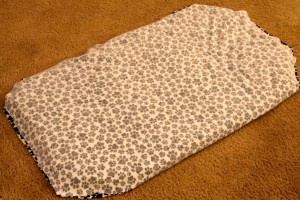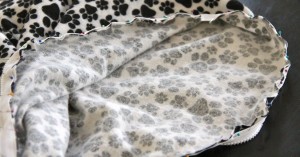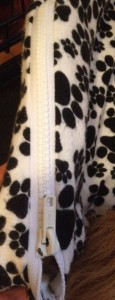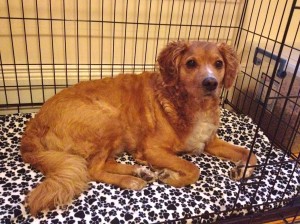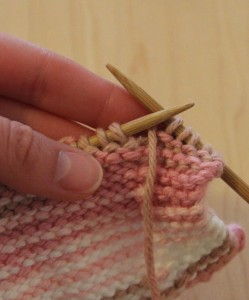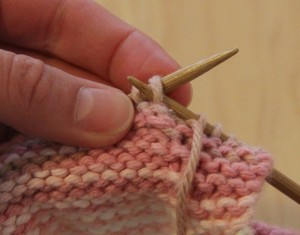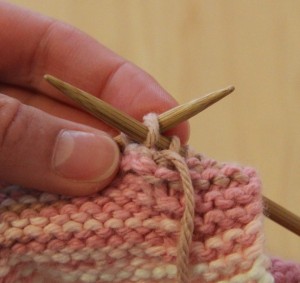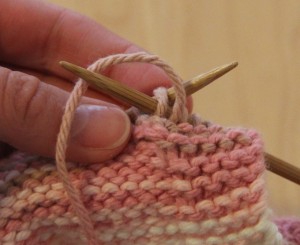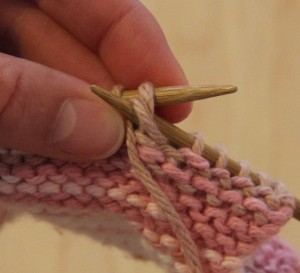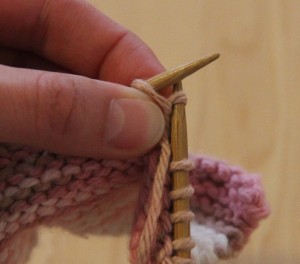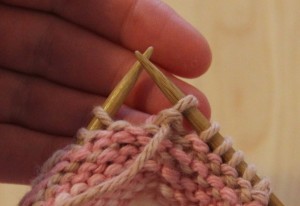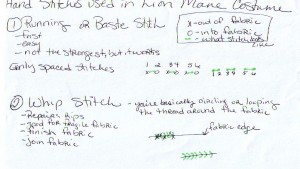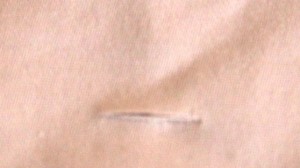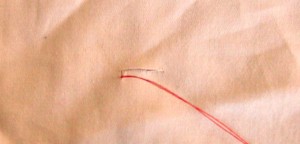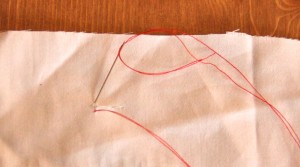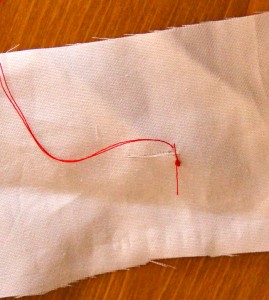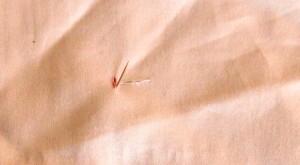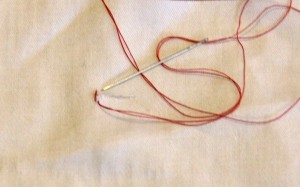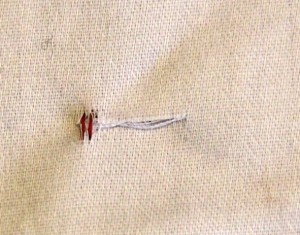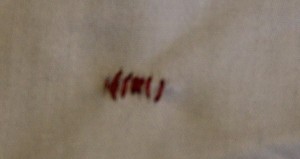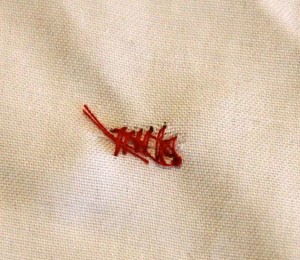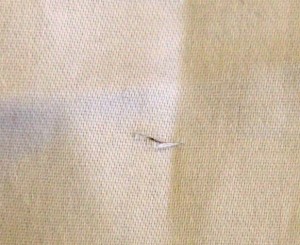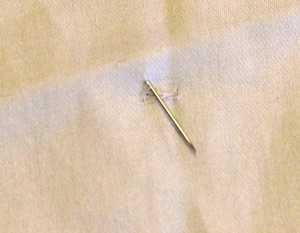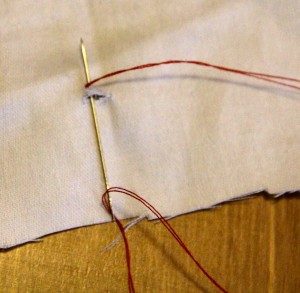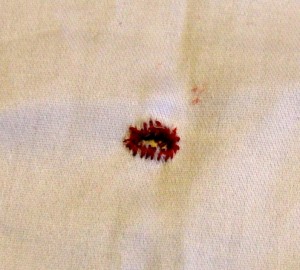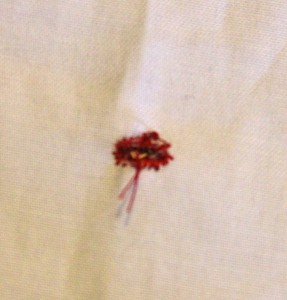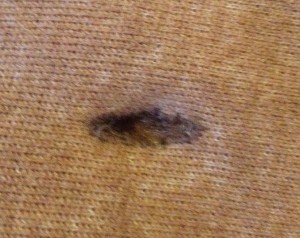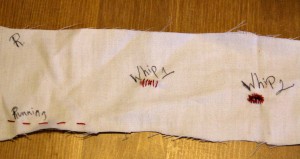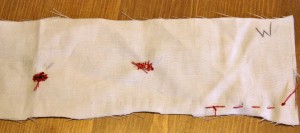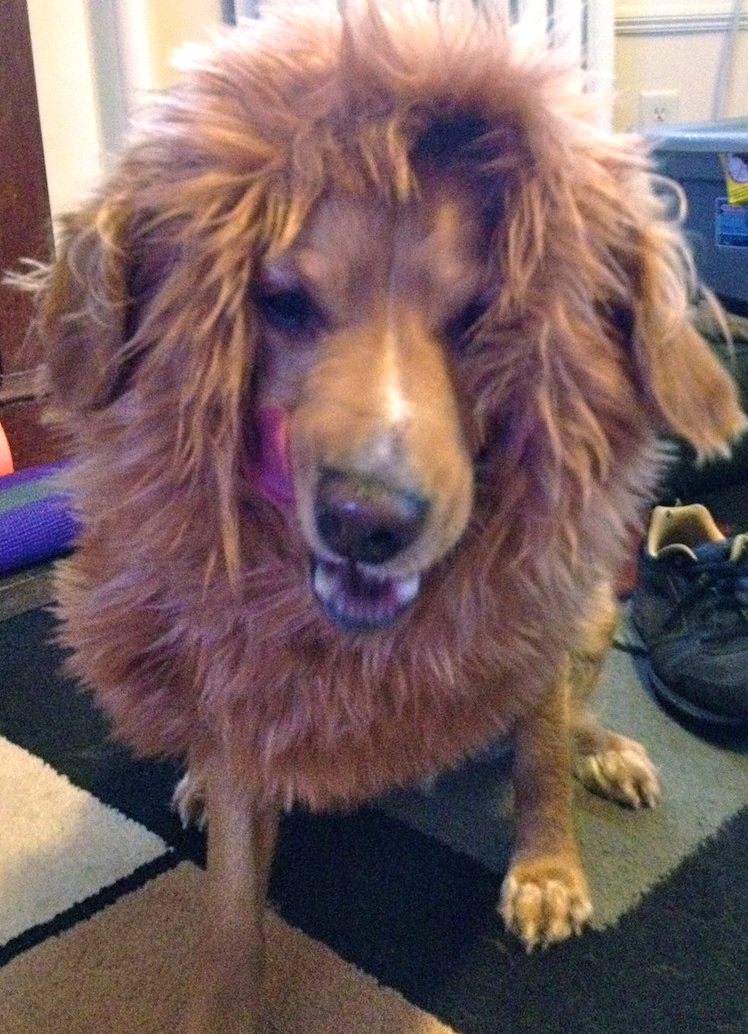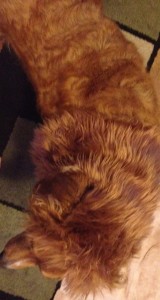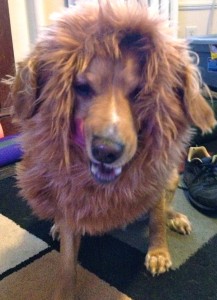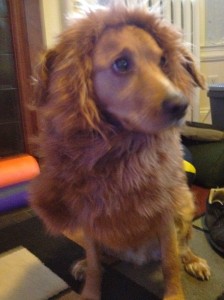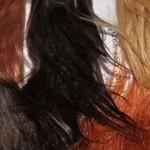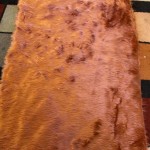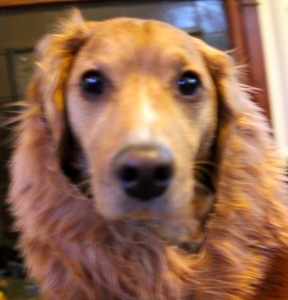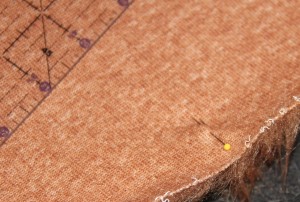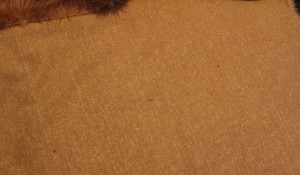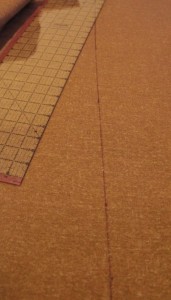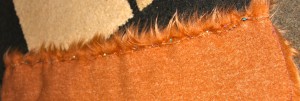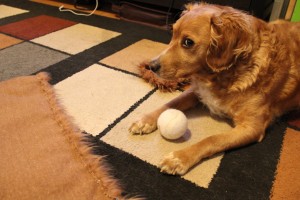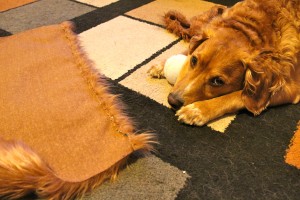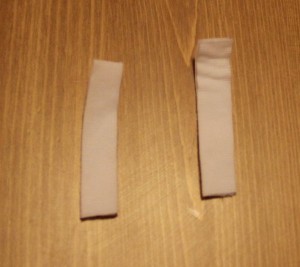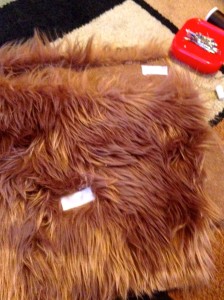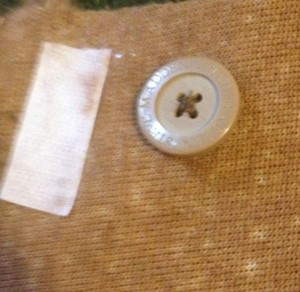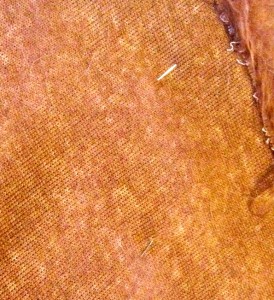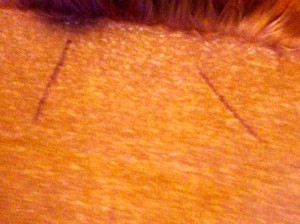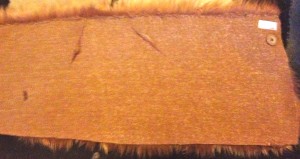 Pin It
Pin ItMy next project was knitting washcloths using different stitches. It requires all cotton yarn, because you need to be able to use and wash them regularly.
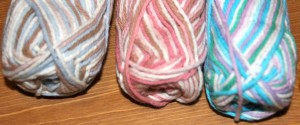
yarn for wash clothes
The first one, a plain knit stitch wash cloth, I have cast on multiple times. I find 100% cotton yarn to be much more difficult to work with than wool and alpaca. Maybe because it’s a stiffer material. Also, I found the pattern in the book for the first washcloth, which is to cast on and do a knit stitch which creates a garter stitch, to be quite large for a wash cloth. So I cast on only 35 stitches. But, I found that 35 was a bit smaller than my other wash clothes but not so small that I couldn’t use it. But cotton is not my favorite. I can see why the book suggests to do just a knit stitch for the first cloth. I was having a lot of problems with it.

issues
I probably cast on five different times until it looked close to normal and once I got to knitting, I found it different to keep the end of each row as tight as the other stitches. But this is the finished result. I think it looks nice.
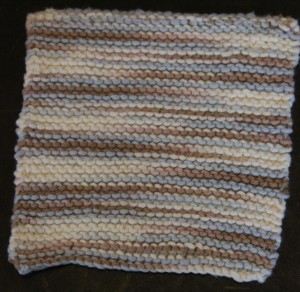
knit stitch
Next one is using a purl stitch. This was my first project with it. The cloth has a knit stitch border.
-knit stitch a few rows for the top border
-knit stitch a few stitches to continue border, I used 5 stitches,
-purl stitch the row until the last 5 stitches, knit stitch those
-knit
-repeat until last few rows
-knit last few rows for bottom border
-bind off
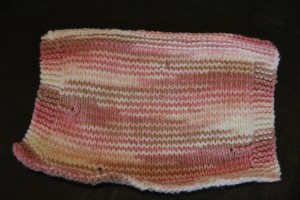
purl stitch with a knit stitch border
I obviously had a couple of issues, but that’s what happens when you’re watching the newest episode of Revenge, thank God for Hulu Plus :), and not paying enough attention to your needles, so from now, after I complete a few rows I’ll always check to see if there is anything I should fix.
Next was the basket weave washcloth! Probably my favorite, pattern wise and the colors in the yarn. This is what I did:
-cast on 50
-knit 5, purl 5, continue pattern
do this for 5 rows
-purl 5, knit 5, continue pattern
do this for 5 rows
-continue to alternate until desired length is reached.
-bind off
I just did it until I ran out of yarn. I used my row counter for this just incase I forgot what stitch to start with and even wrote out, row 1-5 start with knit, 6-10 purl, 11-15 knit, 16-20 purl, and so on to keep me on track.
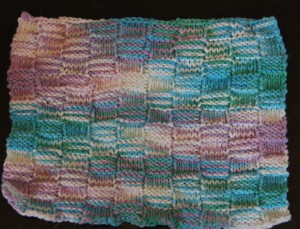
basket weave
As much as I do not enjoy cotton yarn, I know I’ll use it again if I redecorate and I make wash clothes and other kitchen items.
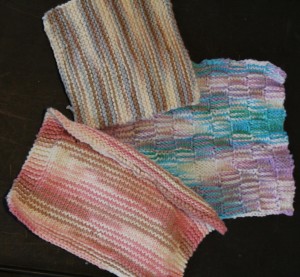
completed wash clothes
So now I have three wash clothes to use in my kitchen 🙂 Maybe I’ll enjoy cleaning more knowing I created/made the wash clothes I’m using? Hopefully?
 Pin It
Pin It